This article has multiple issues. Please help improve it or discuss these issues on the talk page . (Learn how and when to remove these template messages)
|
Tourism in Somaliland is regulated by the Somaliland's Ministry of Tourism.
This article has multiple issues. Please help improve it or discuss these issues on the talk page . (Learn how and when to remove these template messages)
|
Tourism in Somaliland is regulated by the Somaliland's Ministry of Tourism.
The history of tourism in Somaliland was linked to that of Somalia, which decreased rapidly during the Somali Civil War. Since the declaration of Somaliland's independence and the establishment of a de facto legal government, stability has returned to all but the easternmost part of the country. Many tourists go to Somaliland to visit the archaeological and historical sites close to the capital, Hargeisa, and other settlements like Zeila. Natural wonders like the beaches of Berbera or the Cal Madow mountains; or for adventure tourism of being in a country that doesn't legally exist, is still technically in civil war as part of Somalia, or to say that they've been to Somalia, albeit without much of the danger found in Somalia.
Most of the travelers to Somaliland enter through Djibouti or Ethiopia, as entering via sea or Somalia is not considered viable due to the Somali Civil War/Puntland-Somaliland Conflict.
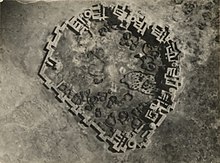


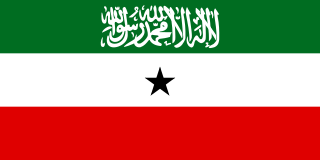
Somaliland, officially the Republic of Somaliland, is an unrecognised country in the Horn of Africa, recognised internationally as de jure part of Somalia. It is located in the southern coast of the Gulf of Aden and bordered by Djibouti to the northwest, Ethiopia to the south and west, and Somalia to the east. Its claimed territory has an area of 176,120 square kilometres (68,000 sq mi), with approximately 6.2 million residents as of 2024. The capital and largest city is Hargeisa. The Government of Somaliland regards itself as the successor state to British Somaliland, which, as the briefly independent State of Somaliland, united from 1960 to 1991 with the Trust Territory of Somaliland to form the Somali Republic.
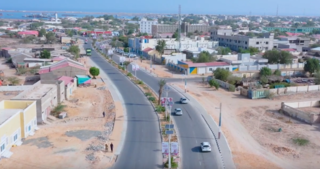
Berbera is the capital of the Sahil region of Somaliland and is the main sea port of the country, located approximately 160 km from the national capital, Hargeisa. Berbera is a coastal city and was the former capital of the British Somaliland protectorate before Hargeisa. It also served as a major port of the Ifat, Adal and Isaaq sultanates from the 13th to 19th centuries.

Las Qoray is a historic coastal town in the Sanaag region of Somaliland.

The Isaaq is a major Somali clan family. It is one of the largest Somali clan families in the Horn of Africa, with a large and densely populated traditional territory.

The history of Somaliland, a country in the eastern Horn of Africa bordered by the Gulf of Aden, and the East African land mass, begins with human habitation tens of thousands of years ago. It includes the civilizations of Punt, the Ottomans, and colonial influences from Europe and the Middle East.

The Economy of Somaliland largely relies on primary production and agriculture, where livestock is the main export of the country, which it ships to neighbouring Djibouti and Ethiopia, as well as to Gulf states, such as UAE, Saudi Arabia and Oman. Somaliland has a GDP per capita of $853 and a gross domestic product GDP of $2,583,000,000 as of 2024, most of which it receives in remittances from Somalis working abroad. The COVID-19 pandemic has restricted Somaliland's trade flows with decreased demand in the agriculture sector, a significant source of tax revenue.
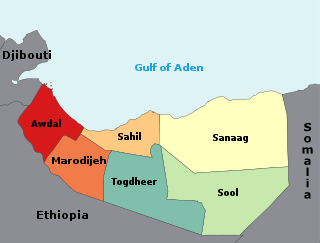
The regions of Somaliland is divided into six administrative regions, Awdal, Sahil, Maroodi-Jeeh, Togdheer, Sanaag and Sool. These are in turn subdivided into twenty-two districts. Regions of Somaliland are the primary geographical divisions through which Somaliland is administered. A distinction is made between districts of grades A, B, C and D, with the classification being based on population, area, economy and production.
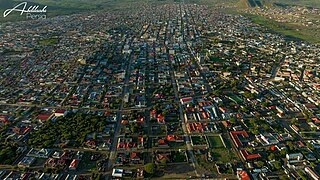
Borama is the largest city of the northwestern Awdal region of Somaliland. The commercial seat of the province, it is situated near the border with Ethiopia.
The Habr Awal, also contemporarily known as the Awal, and alternately known as the Zubeyr Awal is a major Northern Somali clan of the wider Isaaq clan family, and is further divided into eight sub-clans of whom the two largest and most prominent are the Issa Musa and Sa'ad Musa sub-clans. Its members form a part of the Habar Magadle confederation.

Maydh is an ancient port city in the eastern Sanaag region of Somaliland.

The following outline is provided as an overview and topical guide to Somaliland:

Heis is a historic coastal town located in the Sanaag region of Somaliland. The town was important for trade and communication with the Somali interior and was used to export frankincense to Arabia.
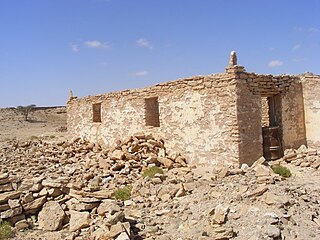
Qaʽableh is a town in the eastern Sanaag region of Somaliland. It is the site of numerous archaeological sites and ancient tombs.

Somali architecture is the engineering and designing of multiple different construction types such as stone cities, castles, citadels, fortresses, mosques, temples, aqueducts, lighthouses, towers and tombs during the ancient, medieval and early modern periods in Somalia and other regions inhabited by Somalis, as well as the fusion of Somalo-Islamic architecture with Western designs in contemporary times.
Tourism in Somalia is regulated by the Federal Government of Somalia's Ministry of Tourism. The industry was traditionally noted for its numerous historical sites, beaches, waterfalls, mountain ranges and national parks. After the start of the civil war in the early 1990s, the Tourism Ministry shut down operations. It was re-established in the 2000s, and once again oversees the national tourist industry. The Mogadishu-based Somali Tourism Association (SOMTA) provides on-the-ground consulting services.
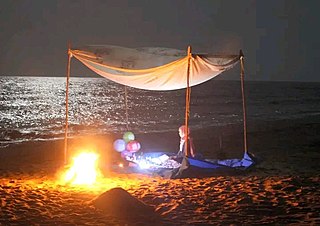
El-Sheikh is a coastal settlement in the western edge of the Sahil region of Somaliland.
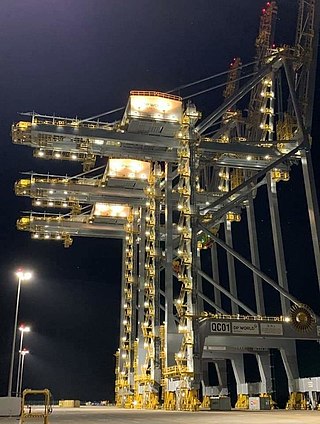
Sahil is an administrative region (gobol) in northern Somaliland with the port city of Berbera as its capital. It was separated from Woqooyi Galbeed and became a province in 1991. In 1998, the Sheikh District of Togdheer was incorporated into Sahil region. The region has a long coastline facing the Gulf of Aden to the north. Sahil borders Awdal to the northwest, Maroodi Jeex to the southwest, Togdheer to the south and Sanaag to the east.
Ruguda, also known as Rakudah is a historic coastal port town located in the Sanaag region of Somaliland, near Heis.

The Isaaq Sultanate was a Somali Arab kingdom that ruled parts of the Horn of Africa during the 18th and 19th centuries. It spanned the territories of the Isaaq clan in modern-day Somaliland The sultanate was governed by the Rer Guled branch of the Garhajis clan and is the pre-colonial predecessor to the modern Republic of Somaliland.
The Sa'ad Musa or Saad Musa is a northern Somali clan. Its members form a part of the Habr Awal sub-clan of the Isaaq clan family. The Sa'ad Musa traditionally consists of nomadic pastoralists, coastal people, merchants and farmers. The clan inhabits Somaliland, including Maroodi Jeex, and Sahil as well as Djibouti, the Somali Region of Ethiopia, Kenya and Tanzania.